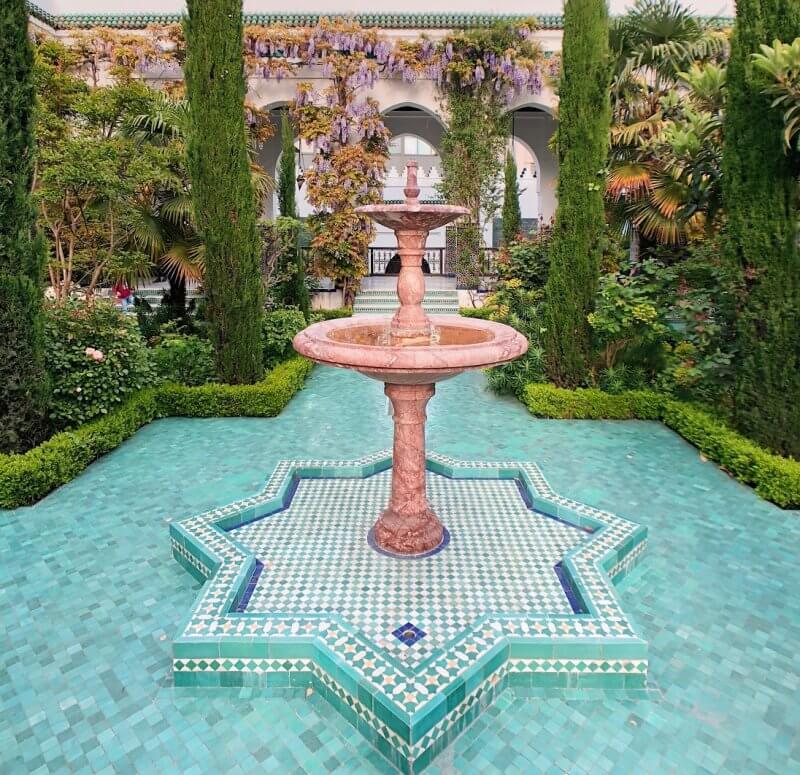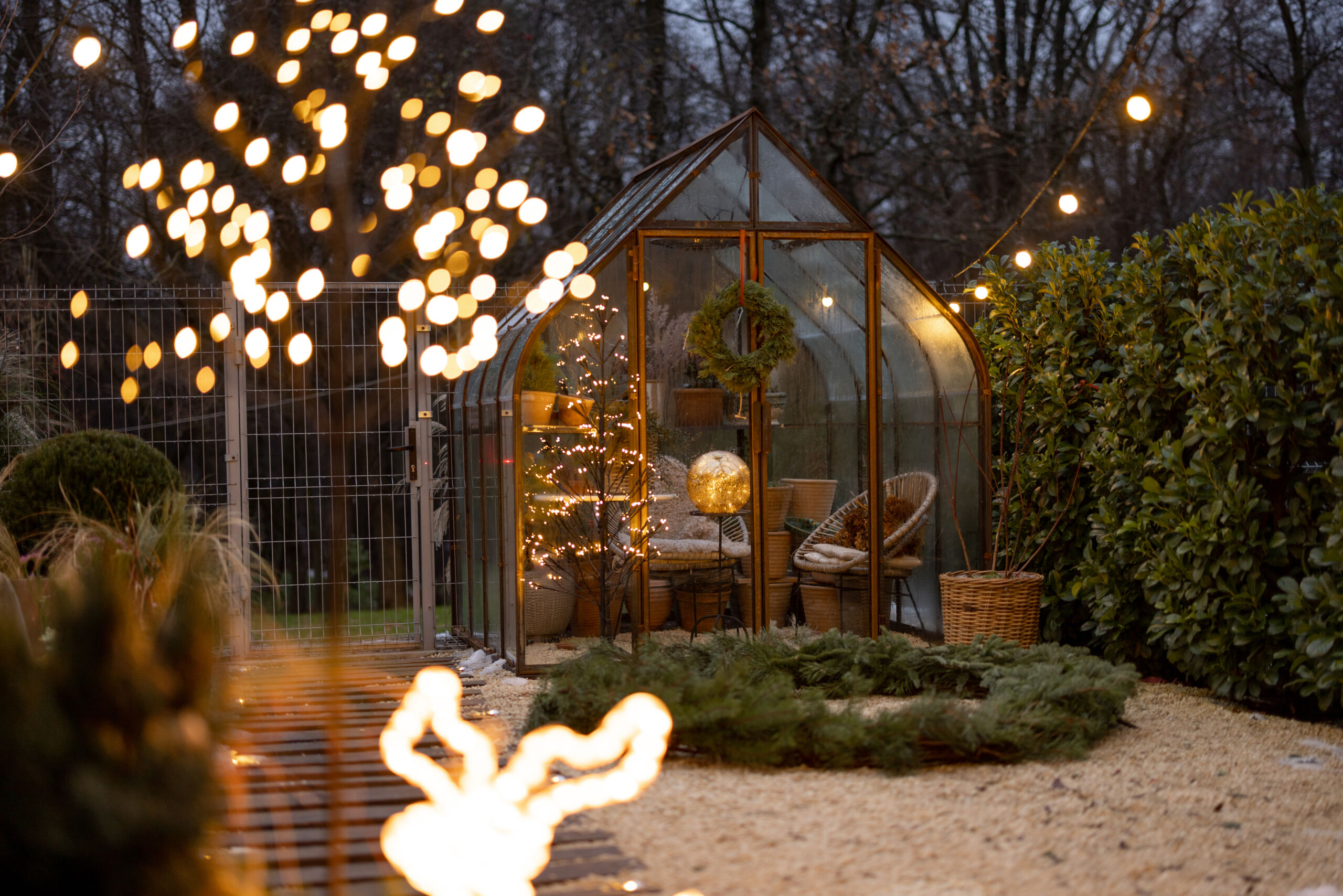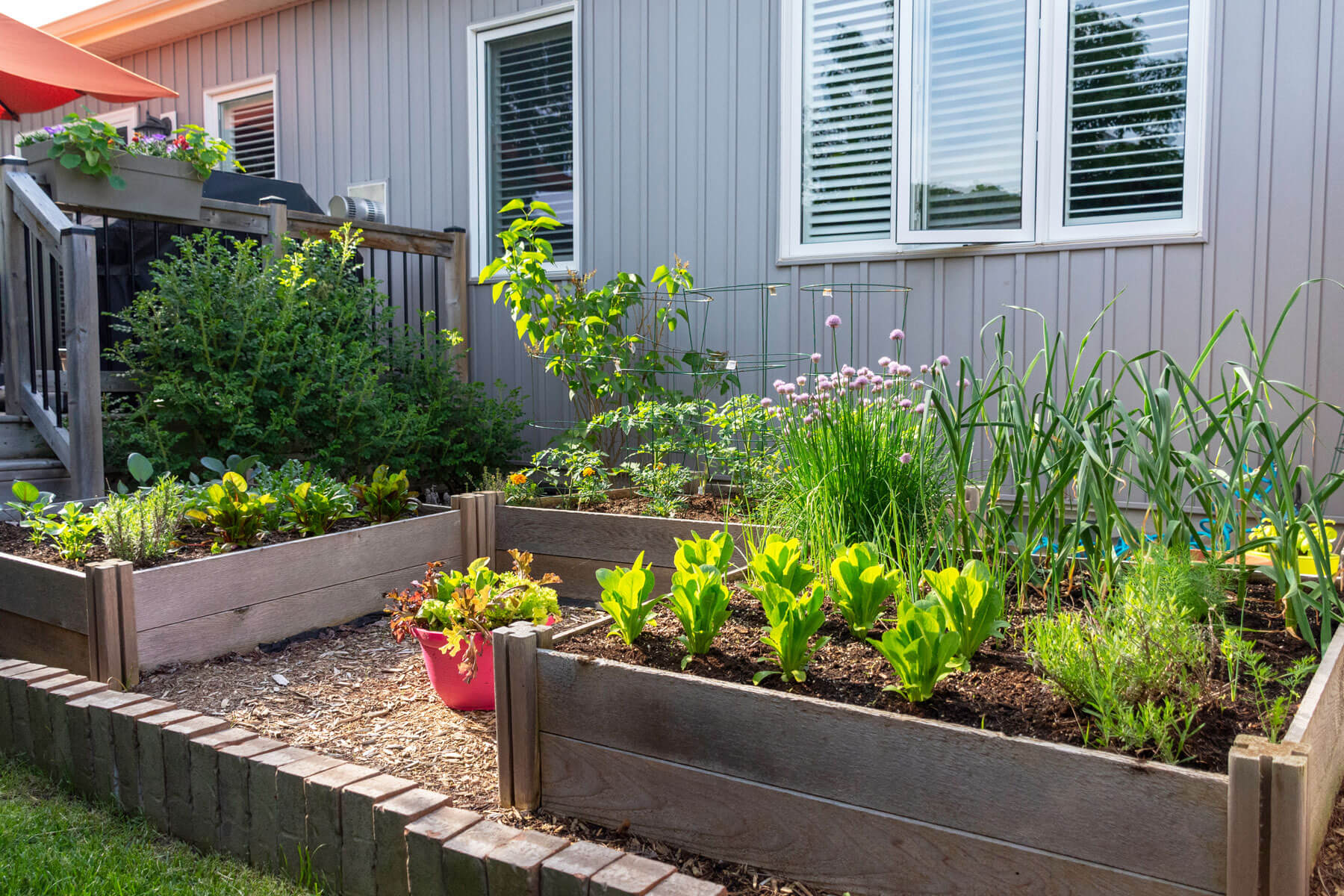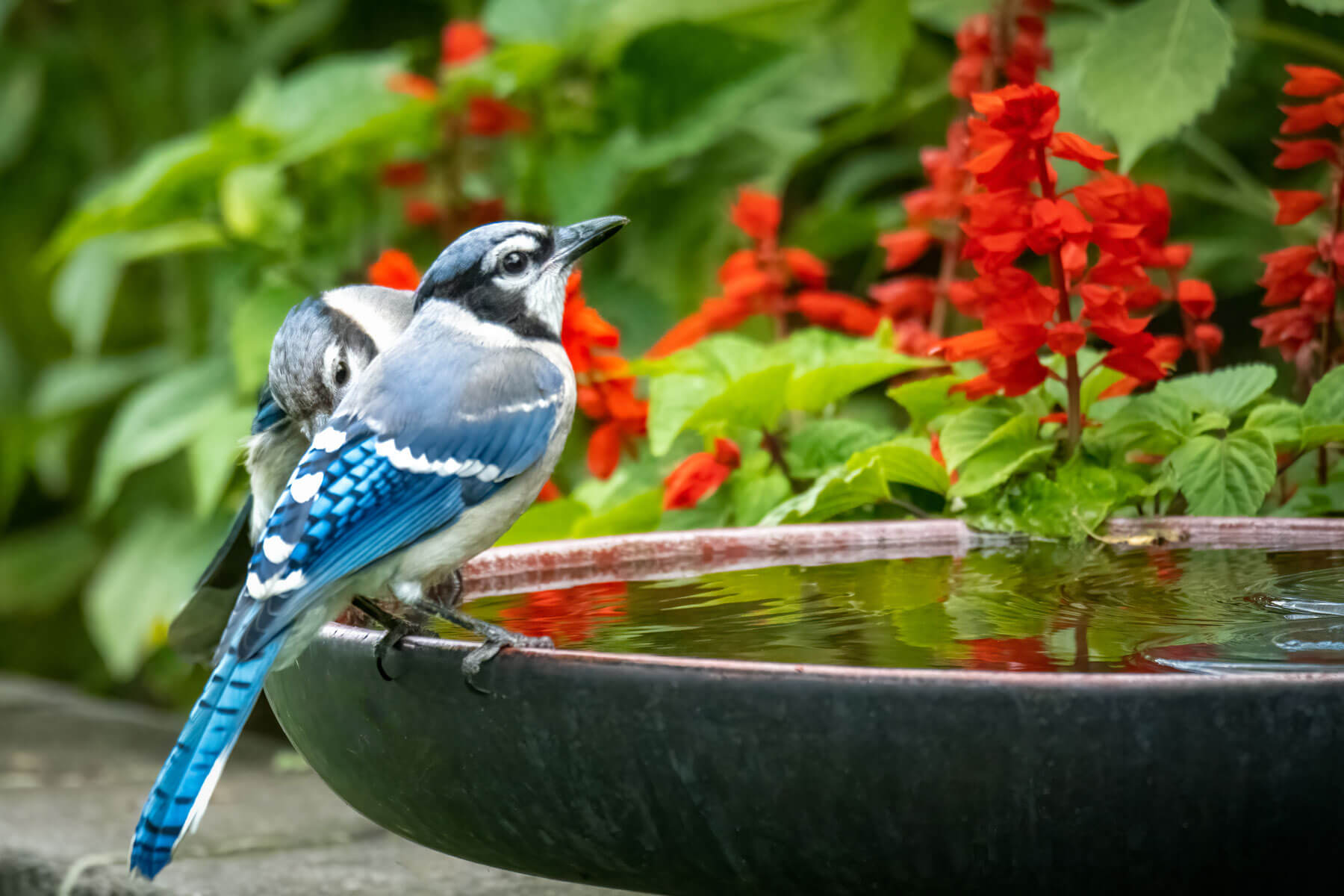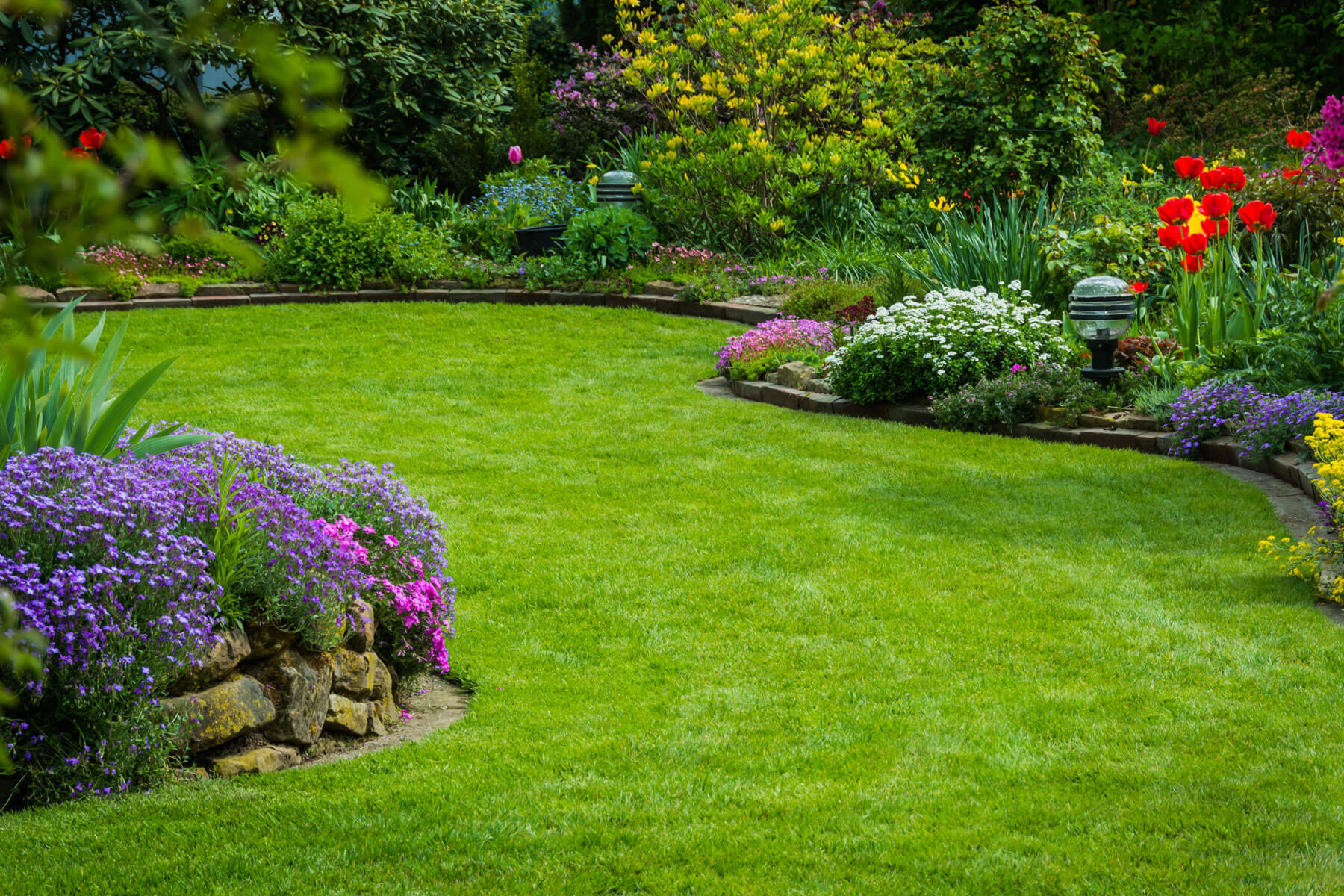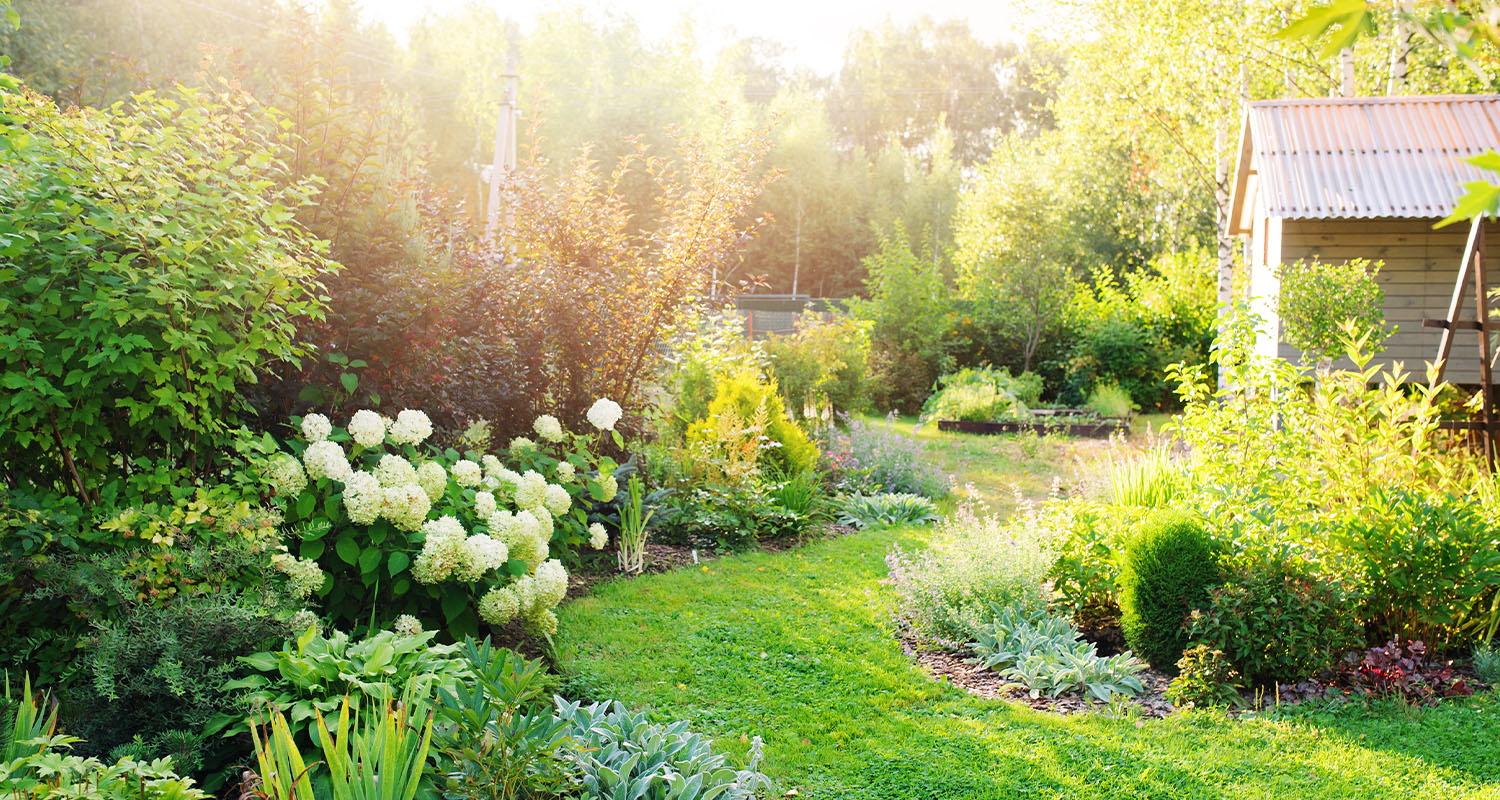How to Landscape Your Front Yard and Back Yard with Garden Water Features
There are other backyard water feature options besides a swimming pool. Not every outdoor living space can accommodate a pool, nor does everyone want a pool in their backyard. That doesn’t mean there is no desire for the sounds and aesthetic of soothing, mesmerizing water.
Regardless of the size of your backyard, you can effortlessly incorporate a variety of water features in your backyard designs to create a beautiful backyard sanctuary.
Why Water Features Are an Excellent Addition to Any Backyard
Water features are purely relaxing, with even the simplest designs creating beautiful backyard spaces. The soothing sound and calming natural view of the water can help you escape from the stresses of your day-to-day life.
Water features are not limited to the backyard either. They should also be considered for front yard garden ideas as well.
What to Consider Before Taking the Plunge
When shopping for water features, consider the following characteristics.
Solar Vs. Electric Water Features
Water features need energy to pump water. And they can either be solar powered or wired to your home’s power supply.
To use your home’s electrical supply, your water feature will need an outdoor extension cable plugged into an outdoor socket or a socket in the shed or garage. You can bury this cable to hide it, but you will need to use a special armoured cable trunking to prevent damage to the wire or run the wire through a buried conduit.
Solar water features do not require cables and are a more eco-friendly option. However, they do require placement in direct sunlight, which might limit your placement options. And since they don’t necessarily store power, they may only run when being powered by the sun—so they can’t operate at night.
Will You Need a Water Supply?
Many water features don’t require plumbing to an external water supply since they have their own internal water reservoirs. So consider self-contained water features that only require you to add water to top it off once in a while. If you have irrigation, you could also hook it up to your system with an automated refill option to make it completely worry-free.
Considering Maintenance and Cleaning
Water features will need cleaning every so often. Water gets slimy, and you’ll need to clean your water feature before and after winter, and even winterize it, depending on the type of water feature you choose.
You may need to learn to drain the water feature to clean it properly and clear out the sump or clean the outside of any decorative features such as statues or orbs or feature stones that are part of your water feature.
The amount of time you’re willing to spend on maintaining and cleaning your water features will affect the size and type that is best for you. You may want to start small if you have a busy schedule. Or you can hire a professional to clean and maintain your landscape and water features.
Landscape Design Around the Feature
Consider nestling your water feature amongst plants and gardens to make it feel like a natural part of your backyard oasis instead of a standalone feature.
You’ll also want the style of the feature to complement the rest of your landscape—not clash with it. Modern features—e.g., stainless steel and glasswork well in both modern and traditional gardens. But many older styles of water features may look out of place in a modern landscape.
Placement
You’ll want to decide on a location before installing your water feature because it could be difficult or impossible to move once installed. Place a water feature where it will give you the most benefit. Most people have a “zen” place around their water feature. This is a place to completely relax near the sound of trickling water and let the stresses of the day melt away. Also, consider foliage that could end up in your water feature when choosing a location for installation. Trees could shed leaves in the water feature, causing extra work for you.
Lighting
Consider accentuating the water feature with lighting—either with built-in lighting or spotlights—so you can also appreciate the water feature at night.
Safety
The safety of children and animals must be considered when installing any body of water in your backyard. So if you have young children in your family, take extra precautions by building a fence (e.g., around ponds and pools) or installing a water feature that doesn’t have exposed water.
Types of Water Features
From simple to elaborate, there are many types of water features and combinations of water features that can be used to enhance your outdoor landscape.
Here are the various types of water features that work well in the backyard, along with some modern front garden design ideas.
Swimming Pools
Swimming pools come in various shapes, sizes, and depths to suit a variety of backyard needs—such as lap pools, plunge pools, diving pools, and pools large enough to accommodate family and friends.
Read More: The Ultimate Pool Planning Guide
Consider adding a waterfall, spa, or fountain to your pool to enjoy two water features in one.
Hot Tubs or Spas
Hot tubs and spas provide relaxation in more ways than one. Along with being a soothing place to relax your muscles after a long day, many hot tubs and spas are aesthetically pleasing, making for beautiful water features in backyards.
Consider custom spas that look like small ponds or pools and that have additional water features, like a waterfall.
Reflective Pools
Reflective or reflecting pools are used as focal points in garden landscapes and are often positioned near a decorative landscape feature to reflect the feature in the water. Reflecting pools often come in geometric shapes with walking surfaces that hang over the edges around the pool.
Ponds
Ponds also come in various shapes and sizes. You can opt for a small, clear pond surrounded by natural stone. You can add life to the water with water lilies and fish. And you can even add a small waterfall to enjoy the trickling sound of water moving into the pond.
Fountains
Water fountains are the go-to water features for both back and front yards. Versatile in size, material, and style, fountains add soothing sounds to a garden while making the garden your own peaceful sanctuary.
To conserve water, you can have a fountain installed that will recycle water. And you can also opt for low-maintenance pondless fountains—often made of natural stone—that don’t have a pool of open water.
Streams
To really get in touch with nature, you can create a stream that rushes or meanders through your landscape, over natural stone, and along pathways and seating areas. Keep in mind that streams work best on level land or a slight slope and are ideal for flowing into ponds and waterfalls to help the ecosystems of these additional water features.
Waterfalls
Your very own private waterfall will undoubtedly transform your landscape into a natural escape. To create the natural flow of water, waterfalls need two or more bodies of water at various heights. The top pool of water should be the smallest but still big enough to encourage water flow.
Often made with natural or human-made rocks and boulders, waterfalls also come in various designs, including:
- Freefall (direct drop),
- Interweaving channels, and,
- A series of small holding pools or stair steps.
Water Gardens
A water garden is a body of water that is full of aquatic plants inside the pool along with plants on the outside with various textures and vibrant colours. This lush garden provides a beautiful backyard landscape feature to admire all summer long.
Garden fountains are often in smaller containers but also include water and aquatic plants.
Wells
Whether functional or aesthetic, wells add old-fashioned charm to landscapes. And they work particularly well as a decorative element with certain architectural styles of homes.
Contact your local landscape designers for more help choosing the right type of water feature for your landscaping needs to transform your backyard and front yard into a peaceful, relaxing oasis.
FAQs
Q: How do garden water features work?
A: Garden water features have a basin, reservoir, or pool of water that supports aquatic plants. These water features can also be combined with a fountain, stream, or waterfall.
Q: How do you clean a water feature?
A: The type of water feature you have will determine the best way to clean it. For example, water fountains may need to be drained and dismantled before cleaning.
Q: Are solar-powered water features any good?
A: Solar-powered water features are an environmentally-friendly option since they don’t use electricity. But they do require direct sunlight to work, so they may not operate at night or in shady areas.
Q: How do you clean a pond water feature?
A: First, remove any debris from the water, and drain the pond using a pump. Next, rinse the pond and rocks with a hose. Clean the skimmers and filters with a hose and then refill the pond. There are many cleaning agents at your local pond store or nursery to help as well with things like removing algae, clarifying water or dechlorinators that remove harmful chlorine and chloramines which are harmful to fish and plants.

